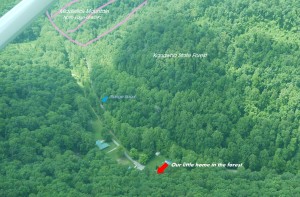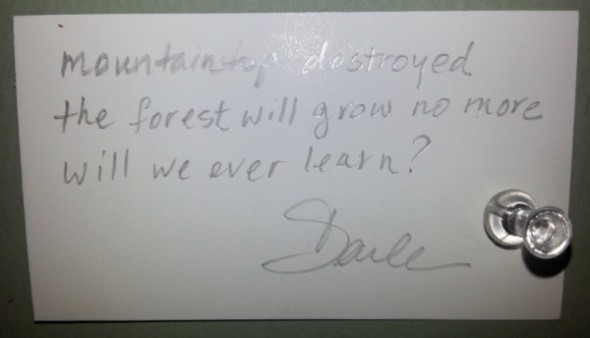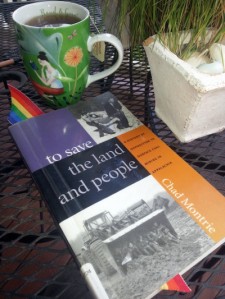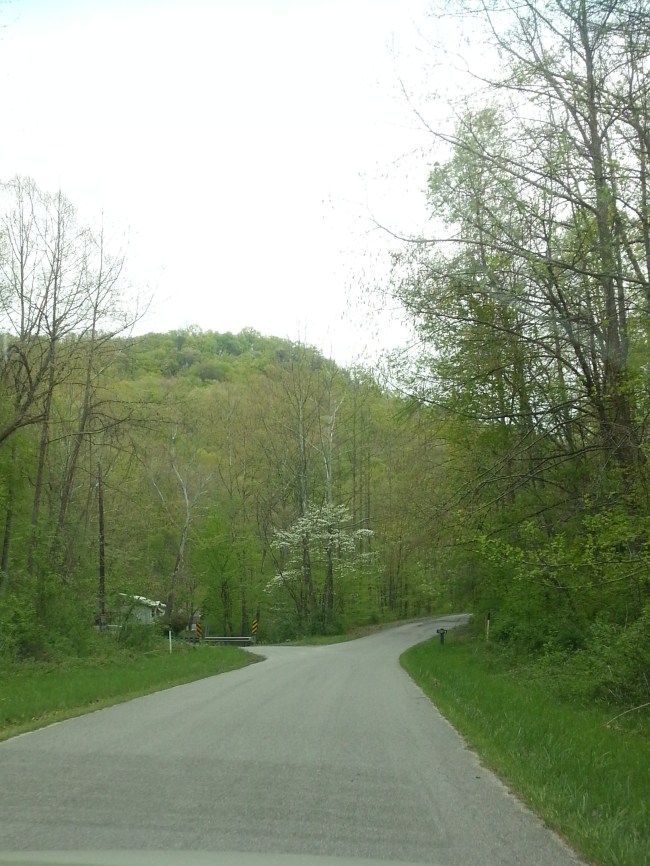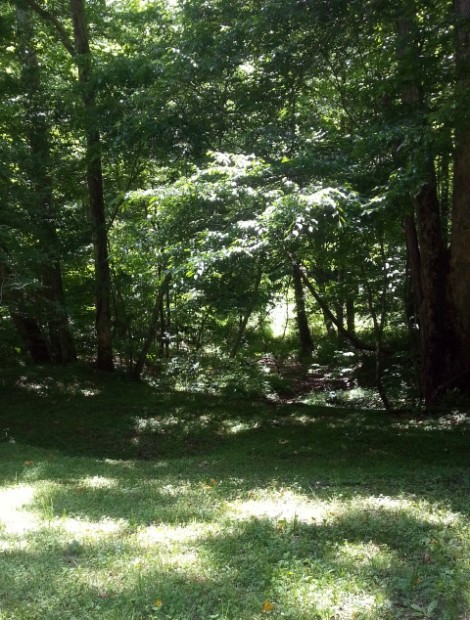On February 5th, after some encouragement from friends at the Ohio Valley Environmental Coalition, I agreed to attend and sign up to speak at the public comments session regarding the West Virginia House Bill 2566 Coal Jobs and Safety Act of 2015.
This is a 59 page bill. You would think from the title that this is a positive bill that creates new job opportunities and a safer working environment for coal miners.
Nothing could be further from the truth. The closest you could maybe infer from the language of this bill is that maybe layoffs could be avoided by reducing safety requirements and regulations, and reducing or eliminating water and pollution standards at the mines themselves.
How would this help? The coal industry would not have to absorb the finiancial hit of the soft coal market. They could maintain their status quo by balancing that hit with cutting costs associated with mine/miner and environmental safety. So, perhaps by balancing that financial scale they could avoid job losses.
Am I oversimplifying? I don’t believe so. One coal official subtlely threatened that without these changes, coal is too expensive to mine in West Virginia and the jobs would go elsewhere. Another one implied that members of United Mine Workers union get special treatment when it comes to issues such as positive drug tests and health claims. Another insisted that mine owner/operators already maintain a higher standard than is required regarding clean water.
I ask you: Does this water look like they are maintaining a higher standard than is required? This photo is from a mine near my home just this past summer. This is a West Virginia Department of Environmetal Protection regulated and inspected site. Can you imagine what would happen if section 2-11-6 (2) of HB 2566: “Water quality standards … shall not be independently or directly enforced” were to pass?
I am not a coal miner, nor an environmental expert. I am just a citizen of West Virginia who is tired of a legislature who continually yields to the bullying of the coal industry at the cost of miner’s lives and safety. I am discourged that our delegates and senators ignore the ruination of our environment and the massive, and fatal, health concerns wrought by the toxic chemicals that current mining practices release into our air and water.
I challenged the legislators to stand for West Virginians. To stand for those who cannot buy their support. I called a pig a pig. This bill is not about jobs. This bill is a serious weakening of those laws that have been put in place to protect miners, to protect citizens. I asked the legislators to remember that they represent the people, not the corporations.
I don’t know if I had any impact at all on the legislators regarding HB 2566. I do know that I was stunned when afterwards miners sought me out to thank me for my words. This is not a battle between miners and “tree huggers.” This is a battle between citizens and corporations.
If the stink-eye that the coal officials gave me means anything, then maybe I was at least a wee bit effective. Even if I only pissed them off.
This is a personal blog and these are my impressions
and my understanding of the situation.

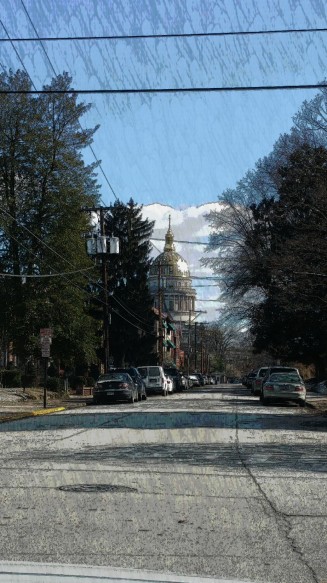
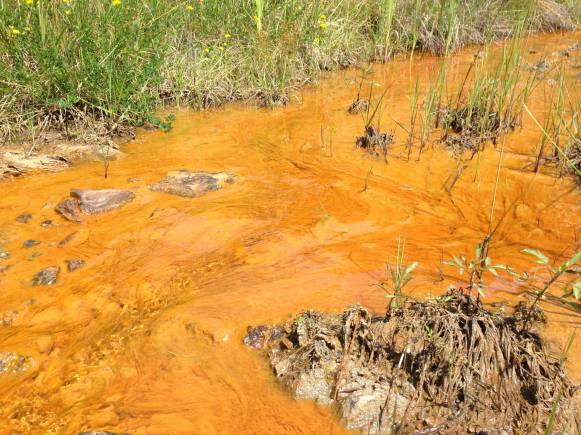




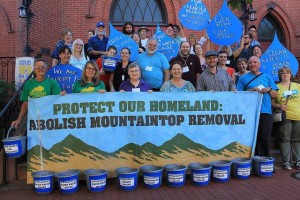
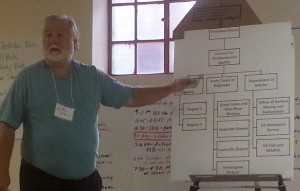


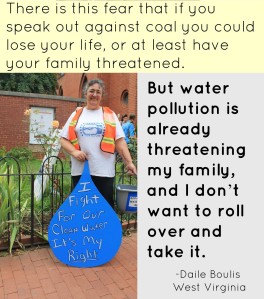


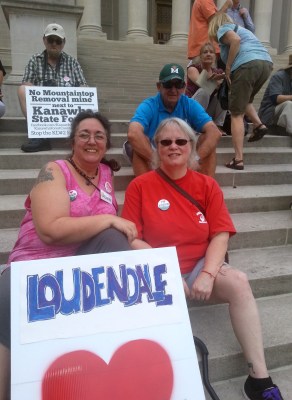 This has been a busy week in my fight against the Keystone Development #2 Strip Mine. This past Thursday, August 7th, Tam and I attended a rally on the capitol steps. Several hundred people attended and the rally received a fair amount of media response. I spoke on behalf of the residents that will be affected by the Keystone Development #2 mine. I was so nervous that I don’t know what I said. The next day over 4,000 signatures to Governor Tomblin’s office. Again the media attended. Tam and I finished the day with a picnic sponsored by the Ohio Valley Environmental Coalition.
This has been a busy week in my fight against the Keystone Development #2 Strip Mine. This past Thursday, August 7th, Tam and I attended a rally on the capitol steps. Several hundred people attended and the rally received a fair amount of media response. I spoke on behalf of the residents that will be affected by the Keystone Development #2 mine. I was so nervous that I don’t know what I said. The next day over 4,000 signatures to Governor Tomblin’s office. Again the media attended. Tam and I finished the day with a picnic sponsored by the Ohio Valley Environmental Coalition.
 The time I spent at the hearing was not a complete waste. Since I am often overwhelmed by the desire to burst out at these hearings and am fluent in American Sign Language, it’s important to keep my mouth shut and my hands busy. So I brought my sanity with me in the form of crochet. I may get a lot of gifts done this way.
The time I spent at the hearing was not a complete waste. Since I am often overwhelmed by the desire to burst out at these hearings and am fluent in American Sign Language, it’s important to keep my mouth shut and my hands busy. So I brought my sanity with me in the form of crochet. I may get a lot of gifts done this way.
